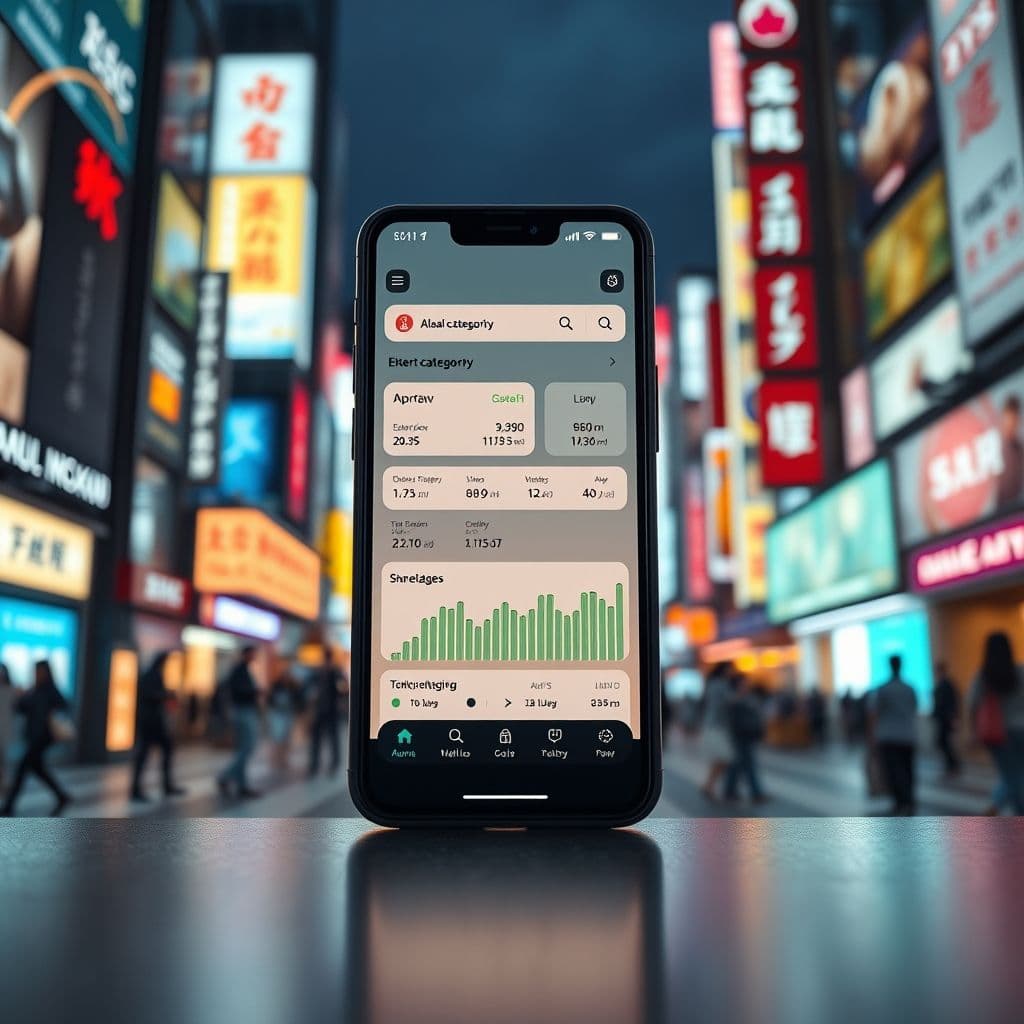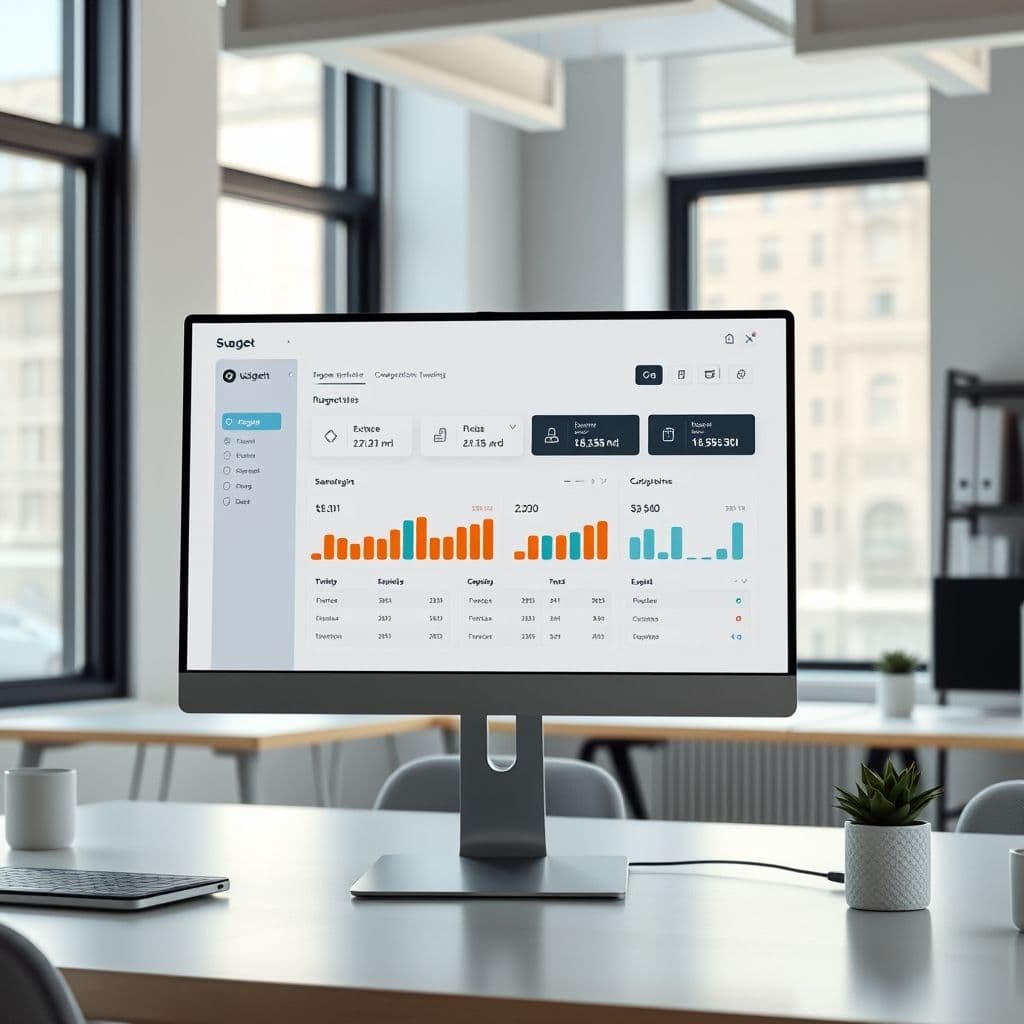The Future of Budgeting Apps: Solving Key User Pain Points with a Customizable SaaS Solution

Budgeting apps have become essential tools for personal finance management, yet many users still face significant frustrations with existing solutions. From rigid monthly budgeting cycles to lackluster expense categorization, the limitations of current apps leave much to be desired. This article explores these pain points in depth and presents a hypothetical SaaS solution that could transform how we approach digital budgeting.
The Problem: Limitations of Current Budgeting Apps
Despite the proliferation of budgeting apps, users consistently encounter several key frustrations. First is the inflexibility of budgeting periods - many apps force monthly cycles when users' paychecks and expenses follow biweekly schedules. Second, automated categorization often falls short, requiring manual adjustments that defeat the purpose of automation. Third, users struggle to track expenses across multiple accounts in one place, especially when dealing with credit cards. Finally, power users want more robust data export capabilities for deeper analysis than what most apps provide.

Idea of SaaS: A Truly Customizable Budgeting Platform
Imagine a budgeting SaaS platform that addresses all these pain points through complete customization. The hypothetical solution would allow users to set their preferred budgeting period - whether weekly, biweekly, monthly, or even custom cycles. It would feature advanced machine learning for expense categorization that actually works, learning from user corrections to improve over time. The platform would seamlessly sync with all financial accounts, including credit cards, loans, and investments, providing a unified financial picture.
Key features would include comprehensive CSV export capabilities with detailed transaction data for users who want to perform their own analysis. The platform could offer multiple budgeting methodologies (zero-based, envelope, 50/30/20) that users could switch between as their needs change. A unique 'financial advisor portal' would allow professionals to view and collaborate on client budgets with appropriate permissions.

Potential Use Cases and Benefits
This solution would benefit various user types: Freelancers with irregular income could create custom budgeting periods matching their payment schedules. Financial advisors could monitor and guide clients more effectively through the shared portal. Data-savvy users could export detailed reports for advanced analysis in spreadsheets. Couples could collaborate on shared budgets while maintaining individual spending accounts. The platform's flexibility would make it suitable for everyone from strict zero-based budgeters to those preferring more relaxed approaches.
Conclusion
While current budgeting apps serve many users adequately, significant gaps remain in customization, automation, and data accessibility. This hypothetical SaaS solution presents a vision for what the next generation of budgeting tools could offer - truly personalized financial management that adapts to users' unique circumstances rather than forcing them into rigid frameworks. The technology exists to build such a platform; it simply requires the right team and vision to bring it to life.
Frequently Asked Questions
- How difficult would it be to develop this type of budgeting SaaS platform?
- While technically challenging, the core technologies needed already exist. The main complexities would be in creating robust financial institution integrations, developing accurate machine learning for categorization, and designing an intuitive interface that doesn't overwhelm users with customization options.
- What would be the ideal pricing model for such a budgeting solution?
- A freemium model with basic features free and premium features (like advanced exports and advisor access) available through subscription would likely work best. Pricing could be tiered based on number of connected accounts and additional features.
- How would this hypothetical app differ from existing options like Monarch or YNAB?
- The key differentiators would be true budgeting period flexibility (not just monthly), more powerful export capabilities, and the financial advisor collaboration features. The platform would aim to combine the best aspects of existing apps while adding unique customization options.


